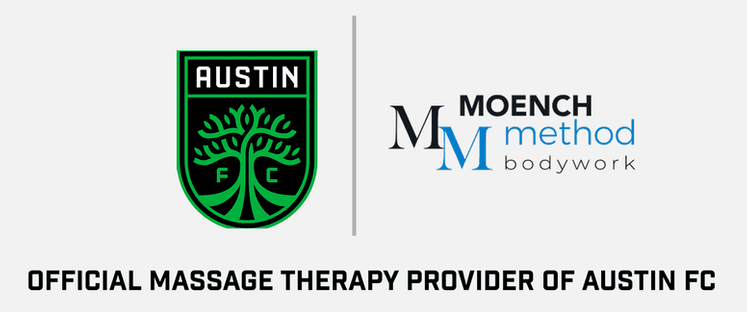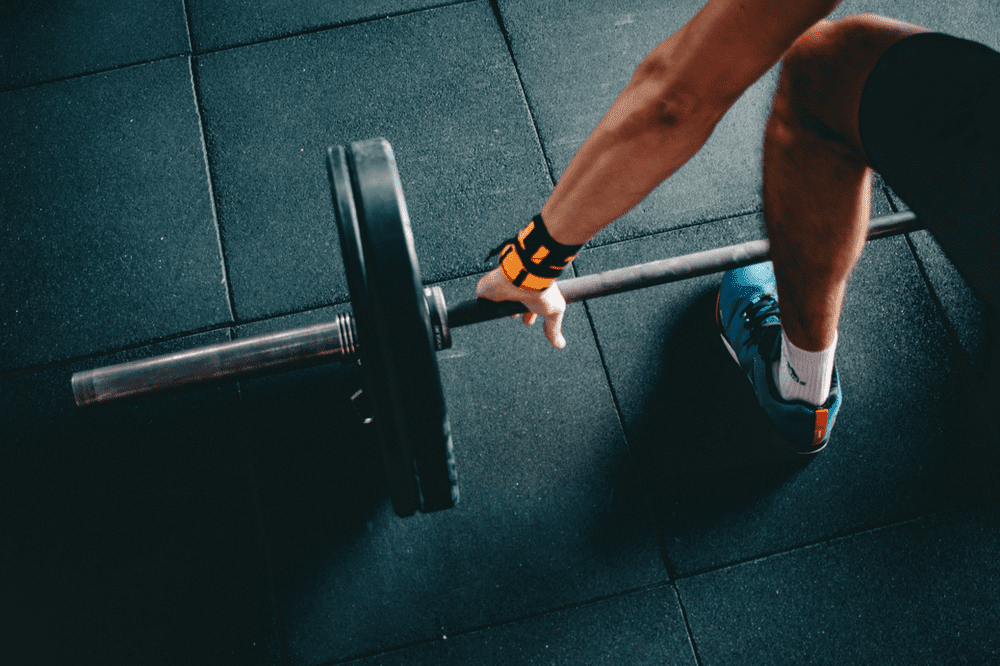If the standard weight training methods that you’ve been using aren’t giving you the results you want, you’re in the right place!
1. Use Dumbbells Instead of Straight Bars
One of the things that you can do with dumbbells that you can’t do with a straight bar is rotate your hands so that the palm sides of your hands are facing each other.
This is the position your hands should be in when you are doing Military Press, Bench Press, and Bent-Over Rows. With your hands in this position, your elbows are at your sides, which automatically puts less stress on your shoulders and elbows. (Question: Where do most athletes have upper extremity injuries? Answer: Shoulders and elbows.)
Try this yourself without any weights in your hands. Put your arms in the position that you would for a normal Military Press with a straight bar. Where do you feel the stress or tension? Front of the shoulders, right?
Now, do the same thing and pull your elbows and hands in towards each other. Any tension or stress there now? No? Didn’t think so.
Next, move your arms like you are doing a Military Press, Bench Press, and Bent-Over Row with your arms in that tucked position. Not much stress or tension, correct? That, ladies and gentlemen, is the point: to put less stress and tension on the joints in the upper body, especially when loading them with weight!
As for the lower body, the main gripe with using a straight bar for squats and lunges is that you have heavy weight perched on the C7/T1 vertebrae of the neck/upper back. All it takes to sustain a life- or career-changing injury to the low back is a misstep, twist, or bend at the wrong time in the exercise.
It happens all the time. If, instead, you are holding dumbbells at your sides, the weight is below your waist and, because of that, your risk of injury is greatly reduced.
Looking for a quality dumbbell set? We recommend this one to build strength safely and minimize injury risk:
View Our Recommended Dumbbell Set
2. Multi-Plane Muscle Exercises
The concept here is to work the muscles in your body the way they are used in everyday living or in a sporting event. There is not a sport where an athlete uses only one muscle group while competing.
Exercises like bench press, squats, lunges, military press, and bent-over rows work multiple muscle groups together. In addition, using cable pulls, thera-bands, or thera-tubes through motions like throwing a baseball or swinging a golf club also activates several groups simultaneously. This strengthens muscle memory—an extremely important factor in athletic performance.
Need a set of quality resistance bands? Check out our recommended bands here:
View Our Recommended Resistance Bands
Disclosure: As an Amazon Associate, we earn from qualifying purchases. This comes at no additional cost to you and helps support the educational content we provide.
3. Use Low Weight / High Reps / Fast
This is where we break from traditional “wisdom” in weight training methods.
Let me start with a question: if you were training someone to swim the English Channel, would you have them doing 80% of their max for 3 sets of 8 reps? Of course not—they’d sink a hundred yards out!
Swimming the Channel requires stamina and strength—like most sports do. Why not train for both?
For example, a high school baseball pitcher may throw 100+ pitches per game. That’s a lot of repetitive motion—and the ball weighs only 5 ounces. You don’t need to bench press 300 lbs. to throw a ball fast!
Training with light weights, high reps, and fast execution builds fast-twitch muscle fiber, speed, strength, and stamina. As weights get easier, increase them slightly to continually challenge your body without unnecessary injury risk.
NO NEED TO ‘MAX OUT‘… NONE!
4. Use Higher Weight / Lower Reps / Slow
Alternate your routine by doubling the weight used in the “fast” workout. Perform reps as slowly as possible through a full range of motion.
This strategy may seem counterintuitive, but it activates more muscle fibers and increases overall power. As your strength grows in your fast workouts, your slow workouts should progress too.
Try Moench Method Bodywork’s 5/50 Workout Method. Developed by Ken Moench for his son, its intent is higher performance and lower injury risk!

